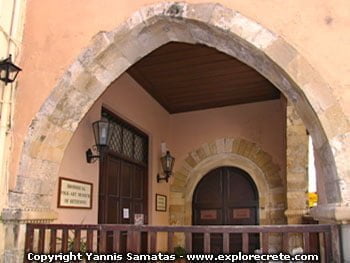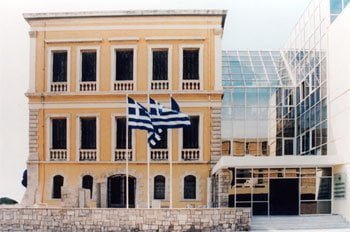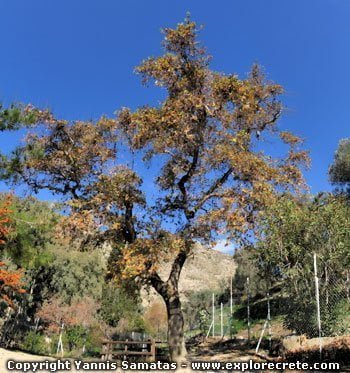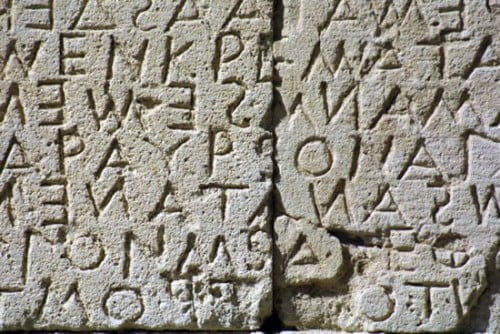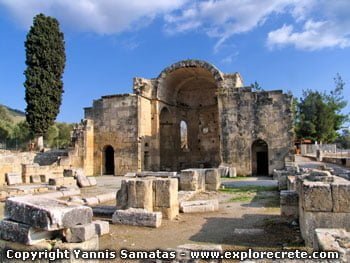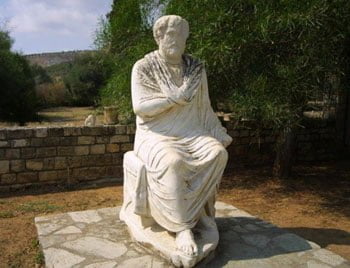Sitia Archaeological Museum
The Archaeological Museum of Sitia
The Archaeological Museum in Sitia is one of the best museums in Crete, with finds from the wider area of Lassithi and Sitia Province.
The exhibition in the museum of Sitia museum is divided into four sections with 30 display cases, containing exhibits dating from 3500 BC to 500 AD:
- exhibits from the Minoan period
- exhibits from Zakros
- exhibits from the Geometric and Archaic periods
- exhibits from the Greco-Roman period
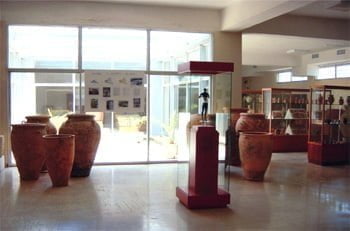
The museum in Sitia opened its doors to the public in 1984, one hundred years after the first excavations in the area by the Italian School of Archaeology.
The museum was founded by the well-known Cretan archaeologist Nikos Papadakis, and it is housed in a fully-equipped building complex with laboratories, storerooms and an archaeology library.
The main exhibition area is to the left of the entrance and contains exhibits with bilingual descriptions (Greek & English).
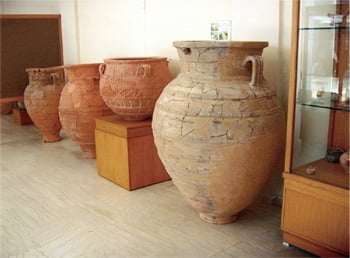
Archaeological treasures in the Sitia Museum
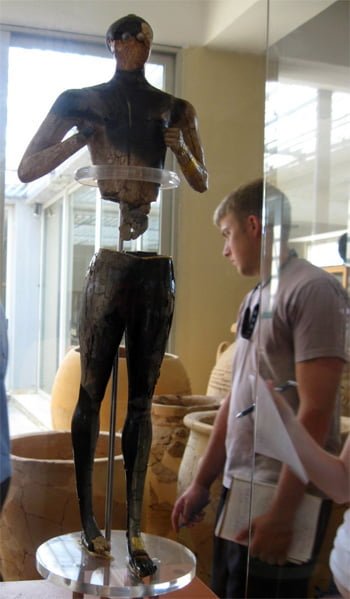
The most important group of archaeological treasures presented in the museum is that of Zakros, which contains many finds of the Minoan period from the Palace of Kato Zakros.
Among the exhibits is a bronze saw and large vessels with obvious traces of fire from the conflagration that destroyed the palace.
There are also clay tables with inscriptions in Linear A, and household objects from the palace including a wide variety of cooking vessels and implements for food preparation, such as a quern for grinding grain and a wine press.
The major attraction of the Sitia museum is the gold-and-ivory “Kouros” statuette from the Minoan city of Palaikastro, belonging to the Minoan Period.
Other notable finds from the same period are a stone lamp and a wreathed bull, both found in Early and Middle Minoan tombs in the Mochlos area, and the Marine Style vase from the island of Pseira.
The third section presents finds dating from the Geometric and Archaic Periods. Most of these are grave goods from the Sitia area.
Among the most important are the relief tablets and figurines from the deposit of an Archaic sanctuary found in Sitia.
The fourth section of the museum contains impressive Hellenistic and Greco-Roman finds from Xirokambos, the Roman Villa at Makry Gialos, Koufonissi and Ziros.
The most interesting exhibits are the groups of vases from a Roman-era shipwreck, kept in a tank of salt water.
© explorecrete.com All Rights Reserved. Reproduction or copying without permission is prohibited.

